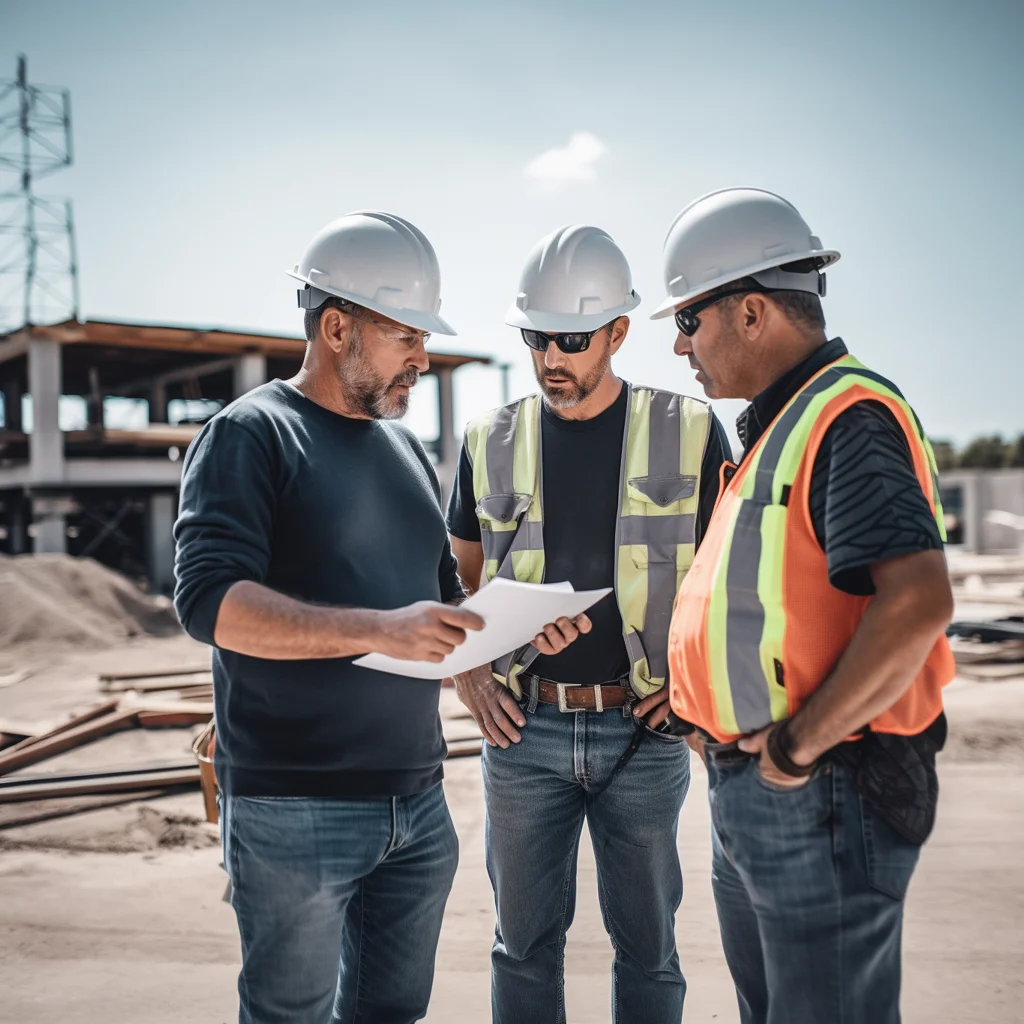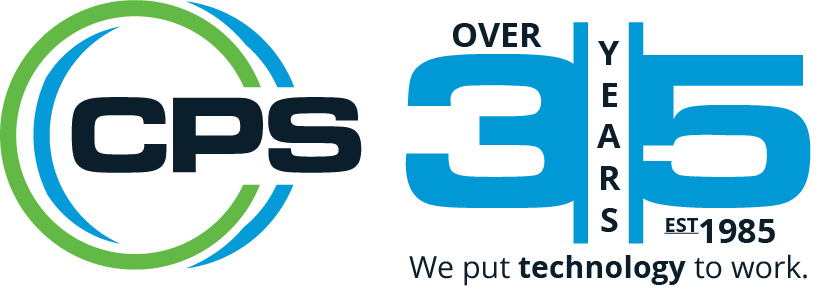The Ultimate Guide to Pre-Construction Planning
Dive deep into the intricate world of pre-construction planning, the backbone of successful construction projects, and discover its significance, components, and best practices.

Introduction to Pre-Construction Planning
Pre-construction planning is the cornerstone of any successful construction project. It’s the meticulous process where professionals lay out the roadmap for the entire construction journey, ensuring that each phase runs smoothly. This stage bridges the gap between the initial idea and the on-ground construction work. Think of it as plotting a novel before writing it; every detail, no matter how minute, is considered. By investing time in this phase, we eliminate potential pitfalls and set the stage for a streamlined construction process.
Benefits of Pre-Construction Planning
Pre-construction planning lays the foundation for a streamlined and successful construction project. It helps in foreseeing challenges, optimizing resources, and ensuring timely completion.
Ensures Budget Adherence
One of the primary advantages of thorough planning is budget adherence. By understanding the scope and potential challenges in advance, teams can allocate resources more efficiently. This proactive approach prevents unexpected costs and helps projects stay within budgetary constraints. Moreover, stakeholders can have peace of mind knowing that financial surprises are minimized.
Time Management and Scheduling
Detailed pre-construction planning is a godsend for time management. By breaking down the project into manageable tasks, teams can create realistic schedules. This structured approach ensures that projects stay on track, reducing delays and ensuring timely completion. Effective time management also means avoiding costly overruns and meeting client expectations.
Risk Mitigation
Forewarned is forearmed. Predicting potential risks allows teams to devise strategies to tackle them. By anticipating challenges, teams can prepare solutions in advance, ensuring minimal disruption to the project timeline. This proactive approach not only saves time but also ensures that the project remains resilient in the face of challenges.
Stakeholder Communication Enhancement
Transparent communication is a linchpin in construction. With a clear plan in place, stakeholders are kept in the loop. Regular updates foster trust and collaboration, ensuring everyone from investors to contractors is aligned with the project’s vision and progress.
Key Components of Pre-Construction Planning
Understanding the vital elements of pre-construction ensures a project’s viability and success. These components collectively address site specifics, design intricacies, and financial considerations.
Site Analysis and Evaluation
Understanding the site is paramount. This involves assessing the land, understanding its topography, studying the environmental conditions, and even considering local regulations and zoning laws. A comprehensive site analysis ensures the project’s feasibility and prepares teams for any site-specific challenges they might encounter.
Design and Blueprint Review
Designs and blueprints are the project’s backbone. Reviewing them in the pre-construction phase is vital. This scrutiny helps identify any discrepancies, potential challenges, or design inefficiencies. Addressing these issues early on means fewer changes during the construction phase, saving time and resources.
Cost Estimation (QuikQuote)
A thorough cost analysis ensures that the project remains financially viable. This involves breaking down every aspect of the project to analyze labor costs, material procurement, equipment rentals, and other associated expenses. Accurate cost estimation is foundational for setting budgets and securing funding.
Sourcing and Procurement
The quality of materials can make or break a project. Early planning ensures that teams can identify and procure the right materials at competitive prices. This phase involves researching suppliers, negotiating prices, and establishing delivery timelines, ensuring the project isn’t hampered by material-related delays.
The Role of Technology in Pre-Construction Planning
Technology is reshaping the way pre-construction planning is approached, enhancing precision and collaboration. From virtual simulations to real-time management tools, tech innovations are making construction projects more efficient and futuristic.
BIM (Building Information Modeling)
BIM is more than just a buzzword; it’s a game-changer. By creating detailed 3D models, teams can visualize the project, aiding in design, simulation, and collaboration. BIM also facilitates clash detection, ensuring different systems within the building, like plumbing and electrical, coexist without issues.
Construction Management Software (FieldCollaborate)
Digital tools are reshaping pre-construction planning. With construction management software, teams can streamline the planning process. These platforms facilitate task management, scheduling, budgeting, and communication, ensuring every stakeholder has real-time insights into the project.
Virtual Reality for Site Visualization (Imaginarium)
Virtual Reality (VR) is not just for gamers. In construction, VR offers stakeholders a virtual tour of the project. This immersive experience aids in design finalization, stakeholder approval, and even training.
Estimating Software with Takeoffs (QuikQuote)
Estimating software equipped with takeoff capabilities is transforming the initial stages of construction projects. By automating the process of quantifying materials and labor from blueprints and drawings, these tools ensure accurate bids, reduce manual errors, and save valuable time. This technology not only enhances the accuracy of cost predictions but also streamlines the bidding process, making it more competitive and efficient.
Pre-Construction Planning Best Practices
Technology is reshaping the way pre-construction planning is approached, enhancing precision and collaboration. From virtual simulations to real-time management tools, tech innovations are making construction projects more efficient and futuristic.
Collaborative Approach
A construction project is a symphony, with each stakeholder playing a crucial part. Ensuring every team member, from architects to laborers, is on the same page is vital. Regular meetings, brainstorming sessions, and feedback loops ensure a harmonious project progression.
Incorporating Sustainable Methods
Sustainability is more than a trend; it’s a responsibility. Integrating green building methods, from solar panels to rainwater harvesting systems, can make projects more eco-friendly and even lead to cost savings in the long run.
Regular Monitoring and Feedback
The construction landscape is dynamic, with new technologies and methods emerging regularly. Continuous monitoring and feedback ensure that the project adapts to these changes, always staying at the forefront of innovation.
Conclusion on Pre-Construction Planning
Pre-construction planning isn’t just a phase; it’s the heart and soul of construction projects. It ensures that every decision, from the choice of materials to the final design, is made with foresight and precision. In a world where time is money and quality is paramount, pre-construction planning is the unsung hero ensuring construction projects stand tall and proud.
FAQs on Pre-Construction Planning
Questions or Concerns?
Contact Us Today!
